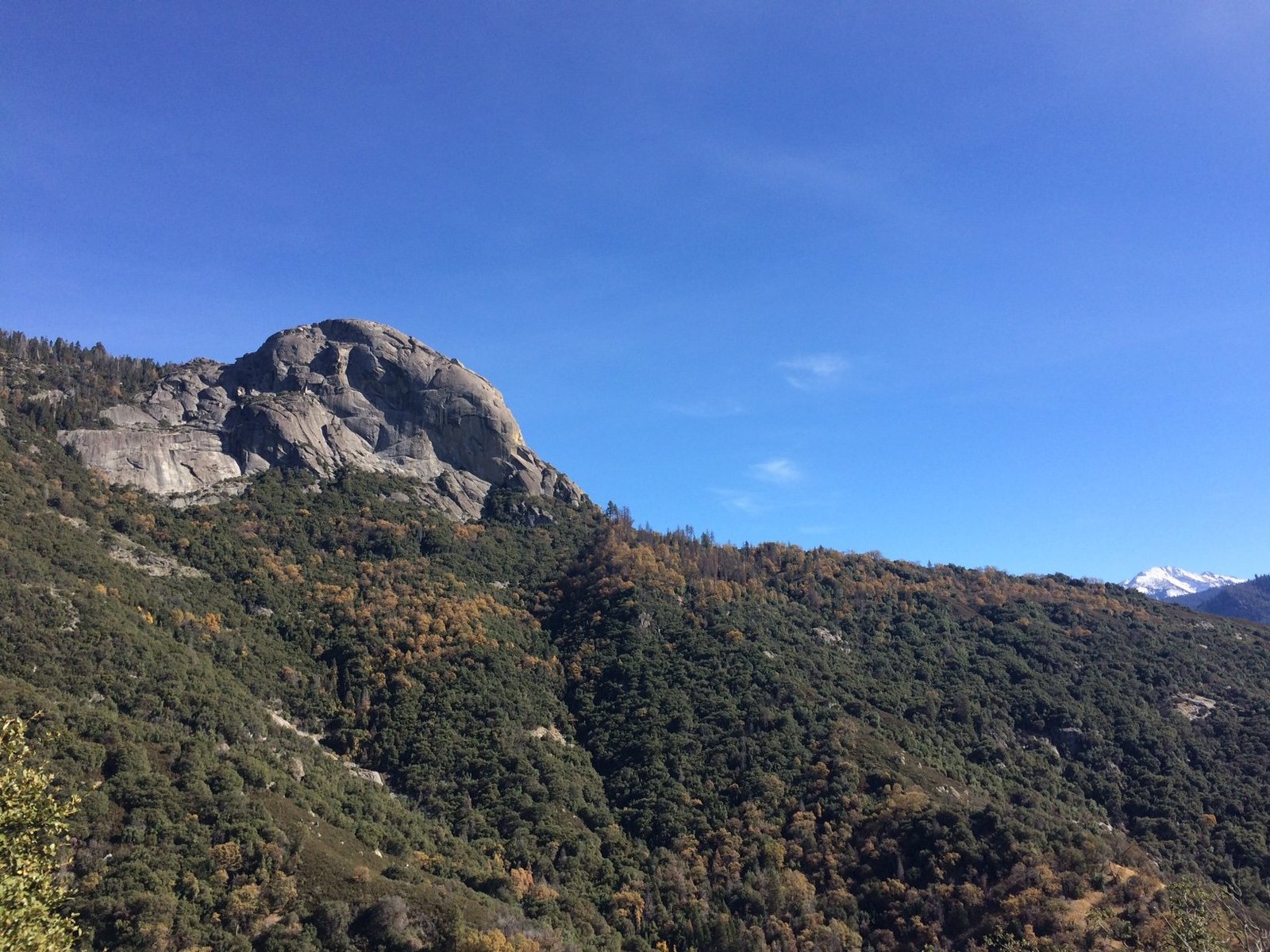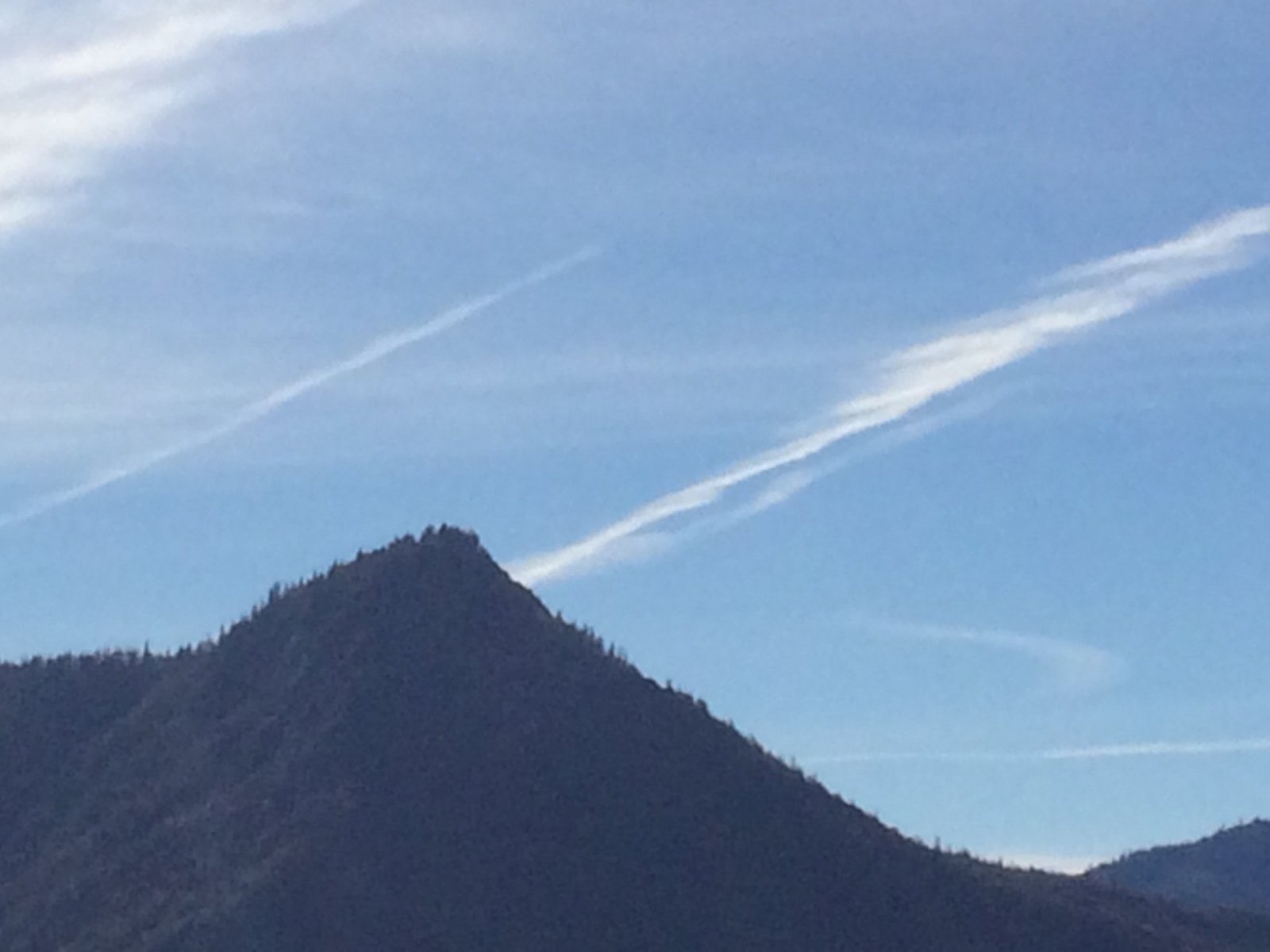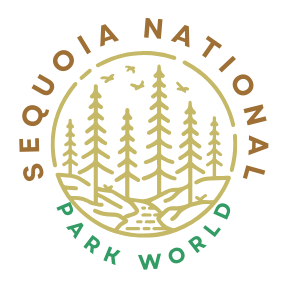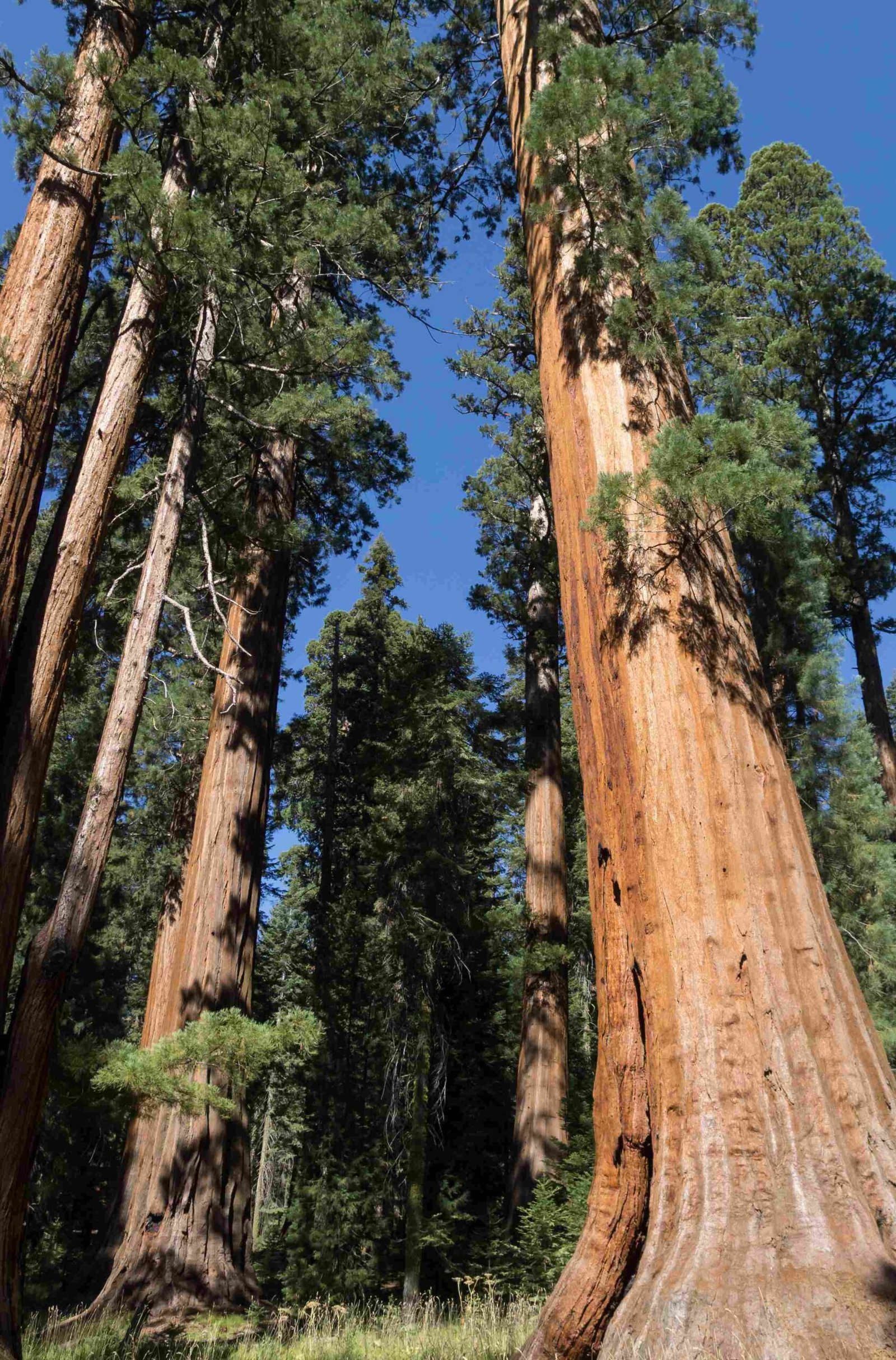Sequoia National Park in California, known for its towering ancient trees and breathtaking landscapes, has surprisingly limited representation in the world of cinema. Despite its stunning natural beauty, the park has not been a frequent backdrop for major film productions. This article explores the cinematic history of Sequoia National Park, examining why it’s been overlooked and highlighting any notable appearances on screen.
What Makes Sequoia National Park a Unique Filming Location?

Sequoia National Park offers a diverse range of landscapes that could potentially serve as stunning backdrops for various film genres:
- Giant Sequoia Groves
- Rugged Sierra Nevada Mountains
- Deep Canyons
- Alpine Meadows
- Crystal-clear Rivers and Lakes
Despite these natural wonders, the park has not been widely utilized by filmmakers. This could be due to several factors:
- Strict conservation policies
- Logistical challenges in remote areas
- Competition from other, more accessible California locations
Are There Any Famous Movies Shot in Sequoia National Park?

While there is no comprehensive list of movies filmed specifically in Sequoia National Park, a few productions have captured its essence:
-
The Big Trees (1952): Although not entirely filmed in the park, this Kirk Douglas film features scenes reminiscent of Sequoia’s giant trees.
-
Star Trek V: The Final Frontier (1989): Some exterior shots were reportedly filmed in locations resembling Sequoia’s landscape, though exact filming locations are debated.
-
The Lost World: Jurassic Park (1997): While primarily filmed elsewhere, some scenes evoke the grandeur of Sequoia’s forests.
It’s important to note that these films may have used locations that resemble Sequoia National Park rather than filming within its boundaries.
Why Isn’t Sequoia National Park More Popular for Filmmaking?
Several factors contribute to Sequoia National Park’s limited presence in cinema:
- Environmental Concerns: The park’s delicate ecosystem requires strict protection.
- Accessibility Issues: Remote areas can be challenging for large film crews and equipment.
- Permit Restrictions: National Park Service regulations may limit filming activities.
- Competition from Other Locations: Nearby parks like Yosemite often overshadow Sequoia.
How Does Sequoia National Park Compare to Other California Filming Locations?
| Location | Notable Films | Advantages |
|---|---|---|
| Sequoia National Park | Limited known productions | Unique giant sequoias, diverse landscapes |
| Yosemite National Park | The Caine Mutiny, Star Trek V | Iconic rock formations, waterfalls |
| Redwood National Park | Star Wars: Return of the Jedi, The Lost World: Jurassic Park | Tall redwoods, foggy atmosphere |
| Joshua Tree National Park | Iron Man, Bagdad Cafe | Desert landscapes, unique rock formations |
What Are the Challenges of Filming in Sequoia National Park?
Filmmakers face several obstacles when considering Sequoia National Park as a location:
- Environmental Impact: Protecting the ancient trees and fragile ecosystems is paramount.
- Weather Conditions: Unpredictable mountain weather can disrupt shooting schedules.
- Limited Infrastructure: Lack of nearby production facilities and accommodations.
- Permit Process: Obtaining filming permits can be complex and time-consuming.
- Accessibility: Some of the most scenic areas are difficult to reach with film equipment.
How Can Filmmakers Showcase Sequoia National Park Responsibly?
To promote responsible filmmaking in Sequoia National Park:
- Collaborate with Park Rangers: Work closely with park staff to minimize environmental impact.
- Use Sustainable Practices: Implement eco-friendly filming techniques and equipment.
- Educate Crew Members: Provide training on park regulations and conservation efforts.
- Limit Crew Size: Keep production teams small to reduce the overall footprint.
- Consider Off-Season Filming: Schedule shoots during less busy periods to minimize disruption.
What Are the Best Alternatives to Filming in Sequoia National Park?
For filmmakers seeking similar landscapes without the restrictions:
- State Parks: California’s state park system offers diverse locations with fewer restrictions.
- Private Lands: Some private properties feature sequoia groves and similar landscapes.
- Visual Effects: Modern CGI can recreate Sequoia’s unique features without on-location filming.
- Other National Forests: Nearby national forests may offer similar scenery with more flexible filming policies.
How Might Future Films Incorporate Sequoia National Park?
While actual filming in Sequoia National Park may remain limited, future productions could:
- Use the park as inspiration for fictional locations
- Incorporate documentary-style footage with minimal impact
- Utilize advances in drone technology for aerial shots (with proper permits)
- Partner with conservation efforts to highlight the park’s importance
In conclusion, while Sequoia National Park California has not been a major player in the film industry, its breathtaking beauty and unique features continue to inspire filmmakers and audiences alike. As the entertainment industry evolves, we may see more creative ways to showcase this natural wonder on screen while preserving its pristine environment for generations to come.
References:
1. The Fund for People in Parks – Sequoia National Park: Bear Film
2. Wilderness.org – 18 of the biggest national park and forest cameos in the movies
3. More Than Just Parks – Look Familiar? 25+ (CLASSIC) Movies Filmed in National Parks

